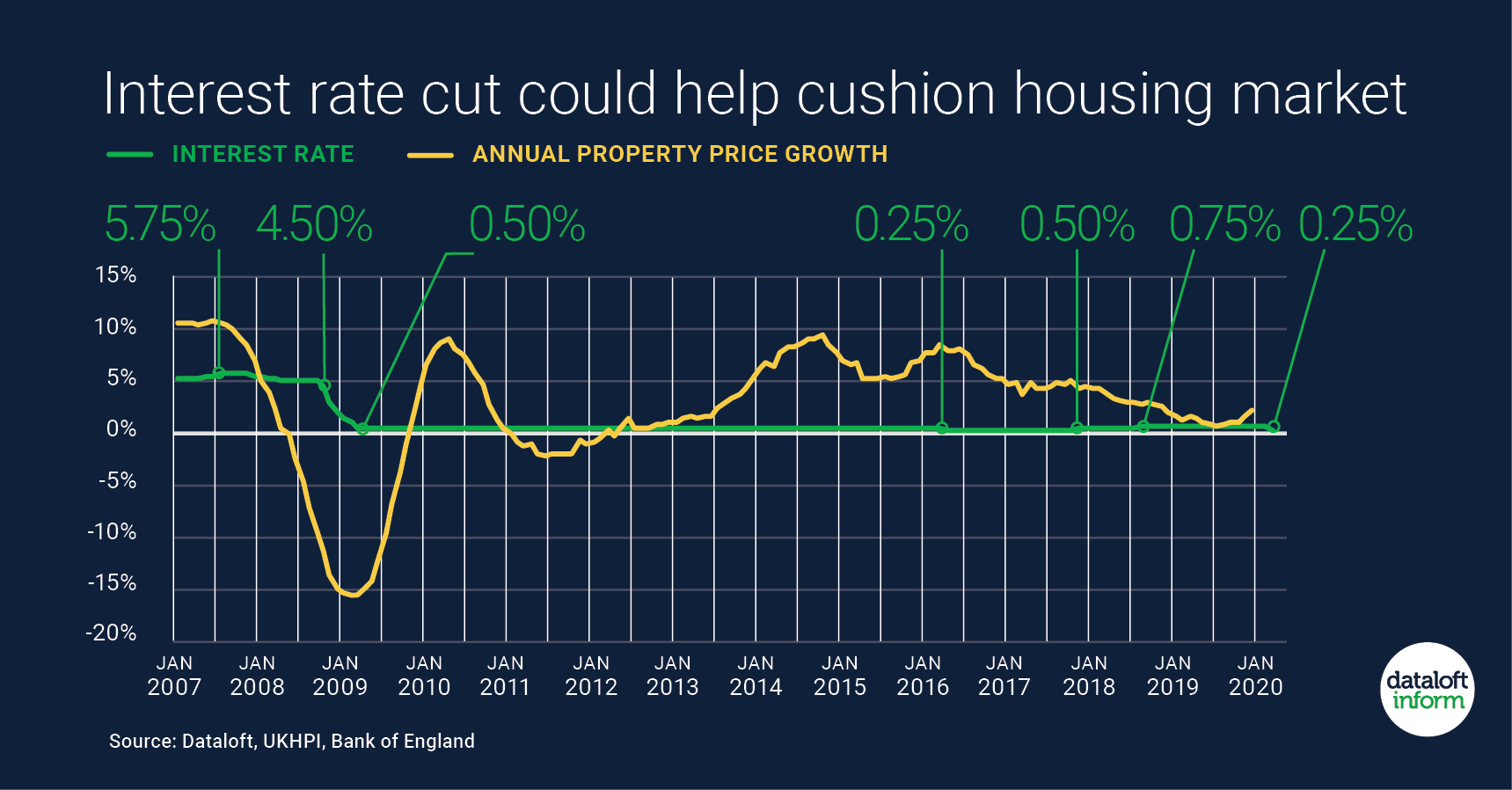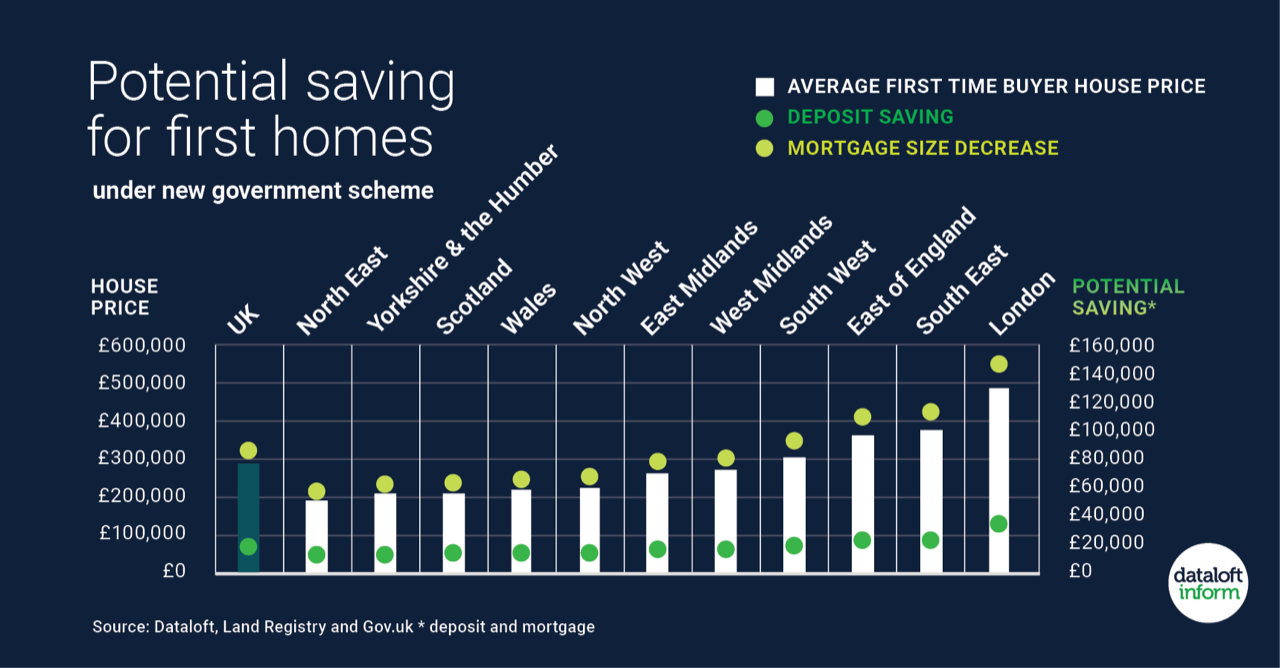Now that 2019 is over, it is time to look to the year ahead and what is expected to be a strong year for property. Now that there is a majority government and uncertainty around Brexit seems to be assuaged, the outlook for 2020 is strong – read on to see what’s in store.
2019 proved to be a year of resilience for the property market, with prices maintaining steady growth, and a resurgence in the first-time buyer market evident for all to see.
The first key factor in property and the wider general economy for 2020 is, of course, Brexit. With the Prime Minister’s Brexit deal now passed by MPs, the UK is due to leave the EU at the end of the month with a withdrawal agreement – effectively meaning there will be a transition period as the UK truly cuts its European ties until 31st December this year. For property, this means additional certainty – with a majority government and a conclusion to the Brexit saga, buyers and sellers who have been hesitant to enter the market are predicted to jump in, creating something of a surge.
Kate Faulkner, housing expert and founder of propertychecklists.co.uk, says: ‘One of the things that has held the market back over the last 12 months is the uncertainty of Brexit and latterly the election.
‘Now both of these questions are settled and as people have ‘hung on’ for some time, it is likely there will be a bit of a Brexit bounce in activity at the start of 2020. As a result, I would expect more people to put properties up for sale and more buyers coming into the market. In some areas this may result in a short term rise in prices as people compete for quality properties in good locations which are likely to still remain in short supply.’
Widely predicted to be announced next month, the government’s Budget statement will have a steer on the property market for both sales and lettings. We have already had an idea of what is in store thanks to the Queen’s speech in which there were allusions to a stamp duty surcharge to overseas buyers, first-time buyer incentives and further lettings legislation reforms. With the Budget predicted to be announced in February, this could be a catalyst to further spring activity in the property market.
In terms of the lettings market, 2019 proved to be a key year with new legislation introduced, most notably the Tenant Fee Act. Throughout last year we saw the demand for rental properties growing, however the supply being somewhat limited which presented landlords with the ideal opportunity, as long as they are adhere to the new legislation.
David Cox, chief executive of ARLA Propertymark, said “Looking ahead to 2020, we hope the Government recognises the importance of increasing supply for tenants and uses it as an opportunity to make the market more attractive for landlords. This will encourage more landlords back into the market as well as ensure that tenants, including those who are most vulnerable, are not at a disadvantage in being able to find a suitable and affordable home to rent.”
Another key player in the health of the property market this year will be mortgage rates – in 2019 we saw record levels of first-time buyer mortgages thanks to a greater selection of available mortgages and rife competition amongst lenders. If we see these favourable rates continue this year, then the first-time buyer sector can be expected to endure and potentially even grow thanks to the forecast influx of available properties, providing more choice.
Overall, 2020 is set to be a more fruitful year for property thanks to the greater levels of political stability and the continuing favourable mortgage rates and saving schemes.





